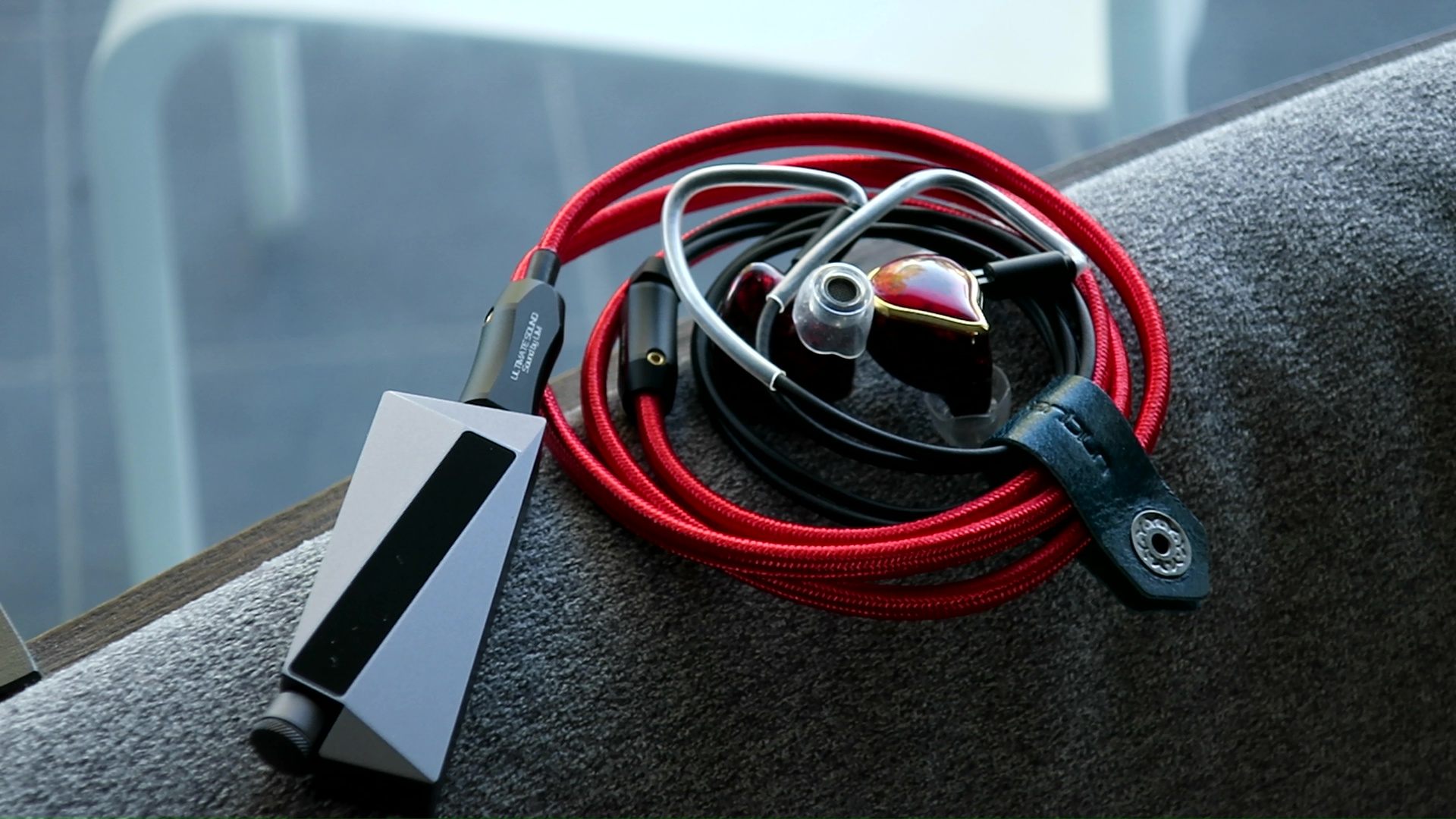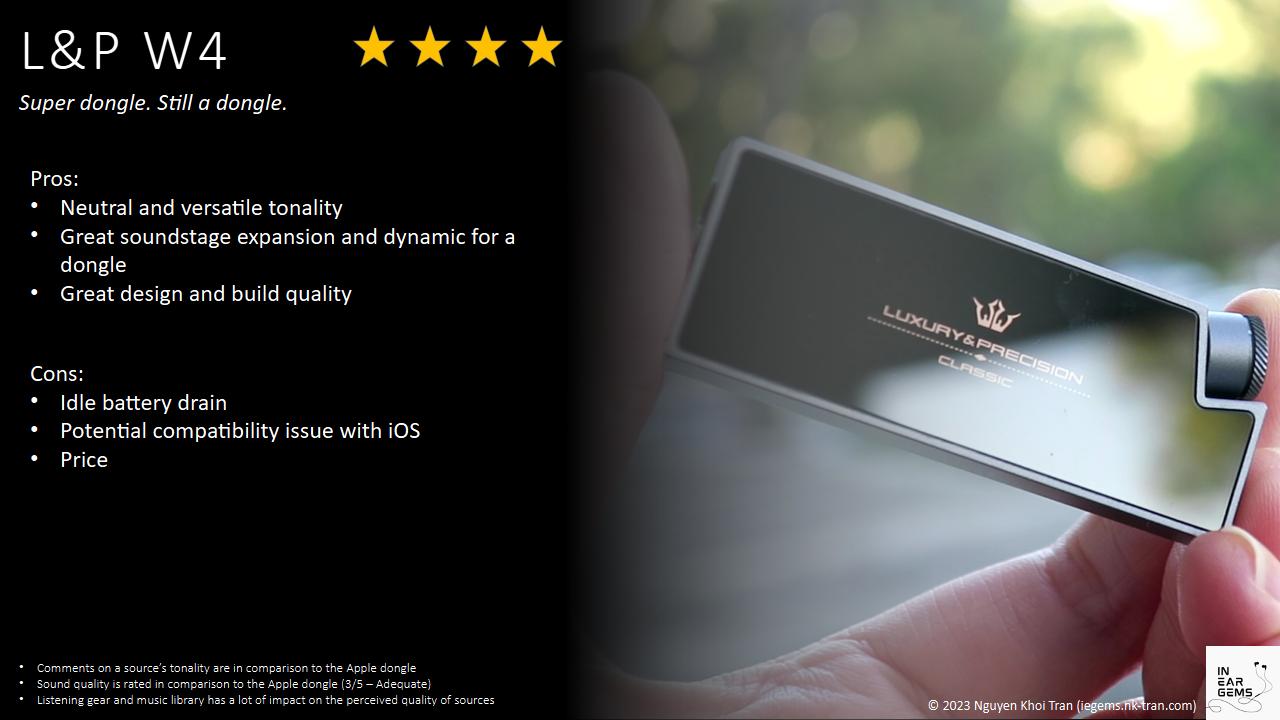L&P W4 - Super dongle. Still dongle.
Today, we take a look at one of the “super dongles”, the W4 by Luxury and Precision. Costing nearly as much as an entry-level music player like Shanling M3 Ultra and HiBy R6 Gen 2, does W4 offer enough sound quality to justify the price tag? Let’s find out.
Preambles:
- In this review, I use the term “source” to denote a DAC+amp combo for brevity and convenience.
- Sources do not make sounds. Therefore, when I say sources “sound” a certain way, I talk about the change they make to my IEMs and earphones.
- I want my music to be crisp, clear, well-separated and form a 3D soundstage around my head. Sources that intensify those characteristics of my IEMs are considered “better”.
- This review is possible thanks to the Australian Head-Fi Tour (Thank you @Damz87 for arranging). The sample of W4 has been sent to the next reviewer in the tour after this review. I have no affiliation with or financial interest in L&P. The unit retails for $449 at MusicTeck.
Specs:
- DAC Chips: LP5108 (In-house designed)
- Output ports: 3.5mm (Single-ended) and 4.4mm (balanced)
- Single-ended output power: 110mW@32ohm per channel@THD+N < 0.01%
- Balanced output power: 420mW@32ohm per channel@THD+N < 0.01%
Non-sound Aspects
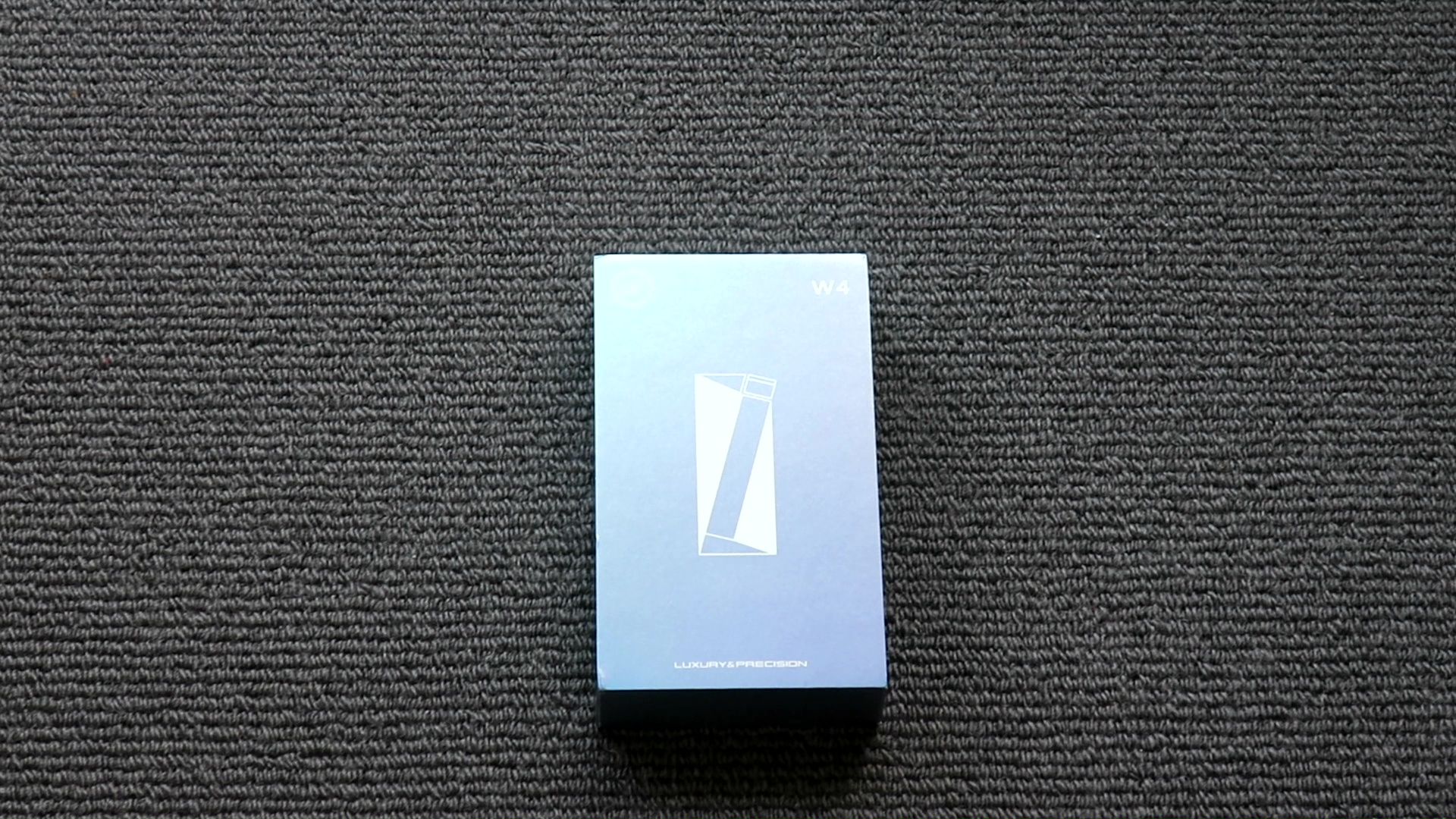

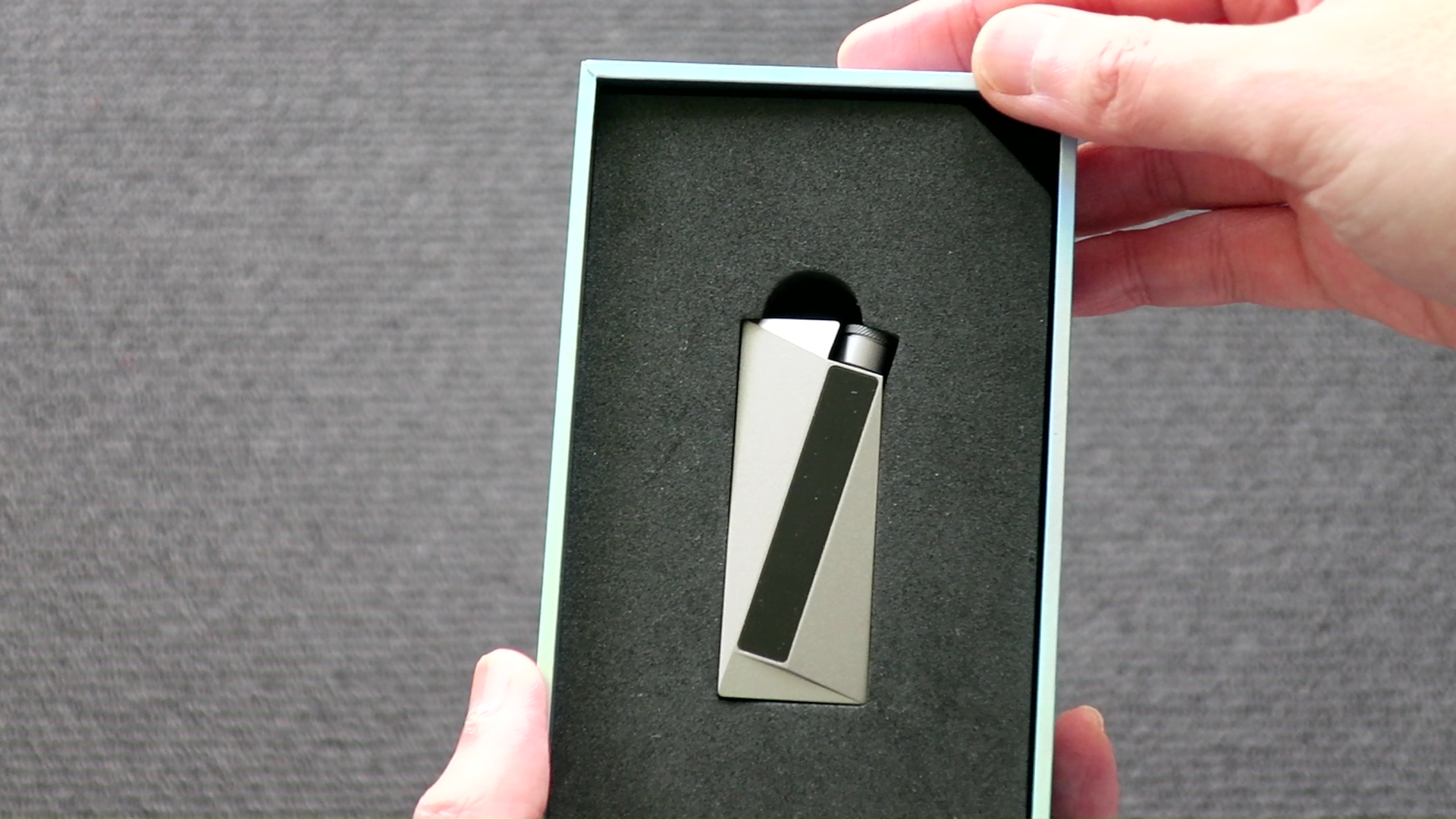
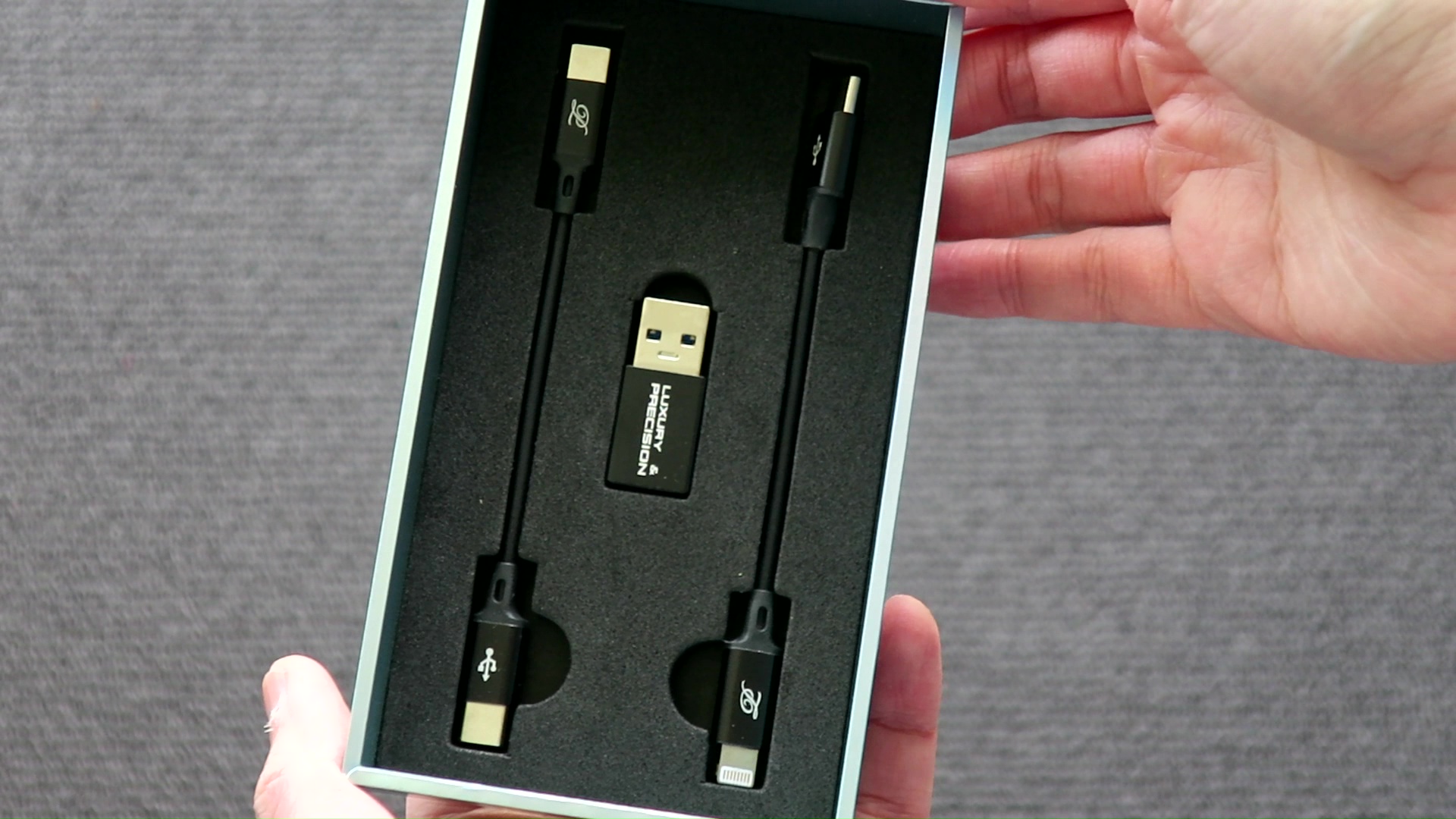
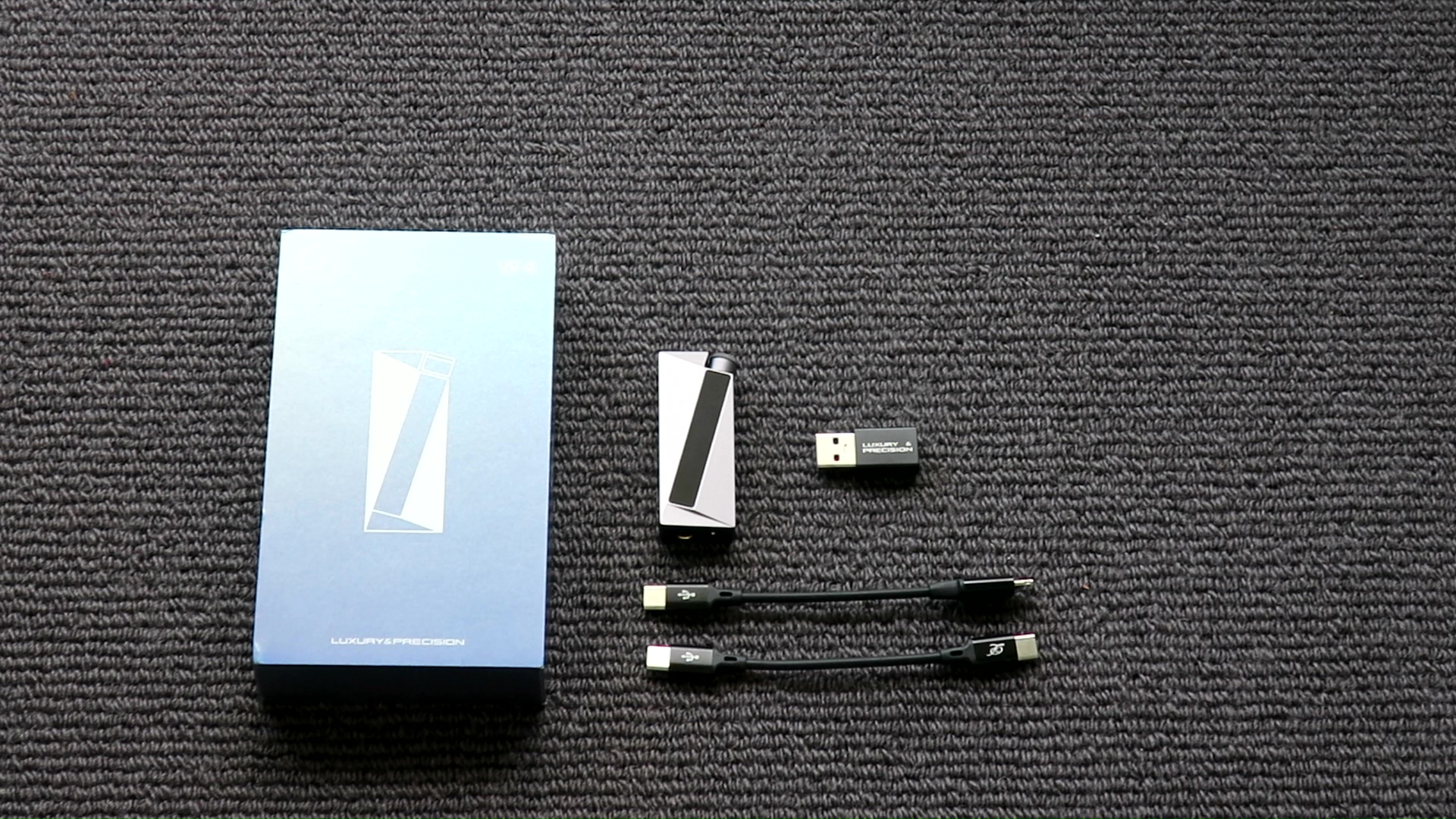
W4 came in a nice box with custom foams, which offer strong protection for the content. Inside the box, you can find the W4 and all cables and adapter that you need to connect W4 to any phone, computer, or tablet.
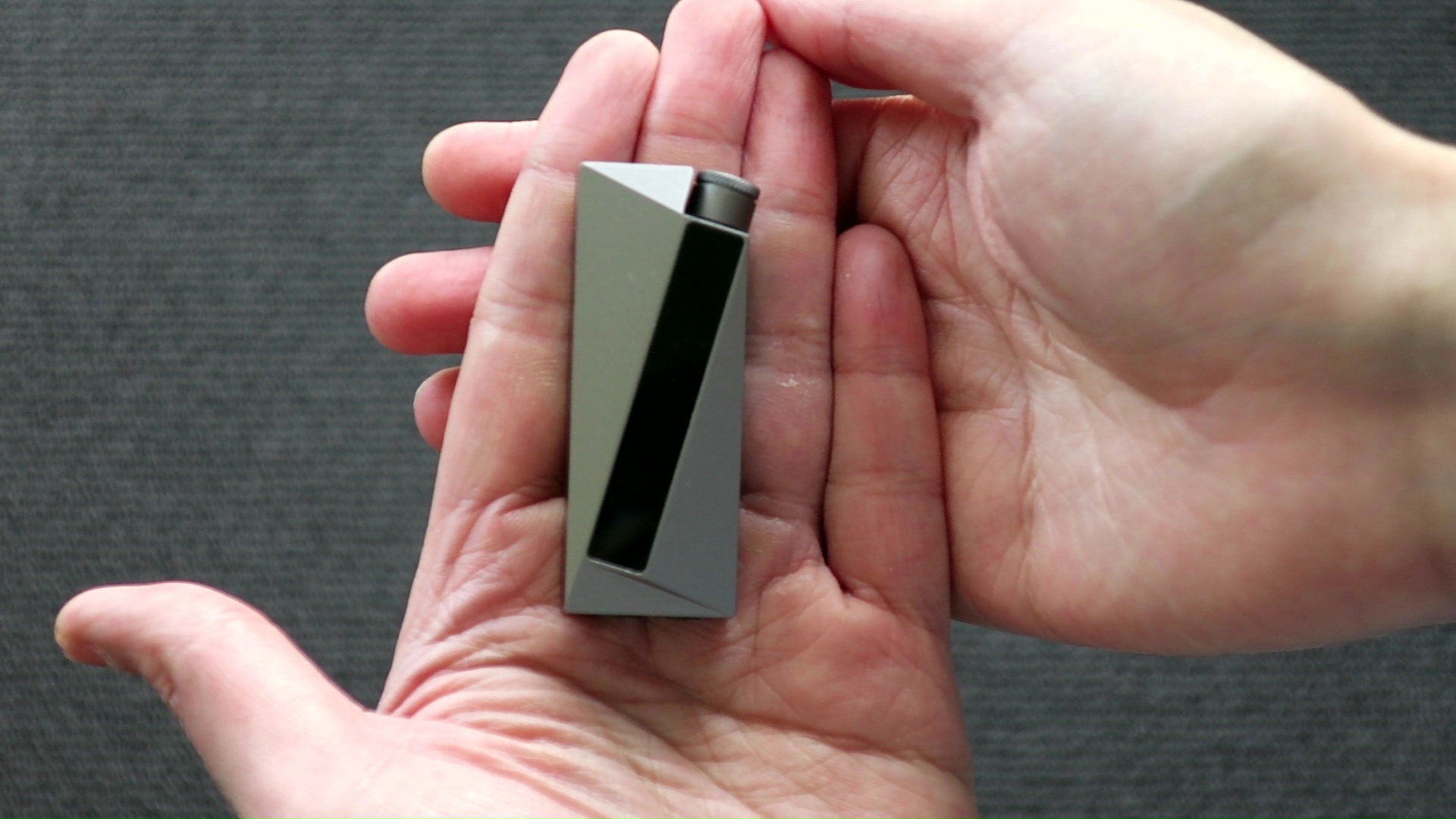
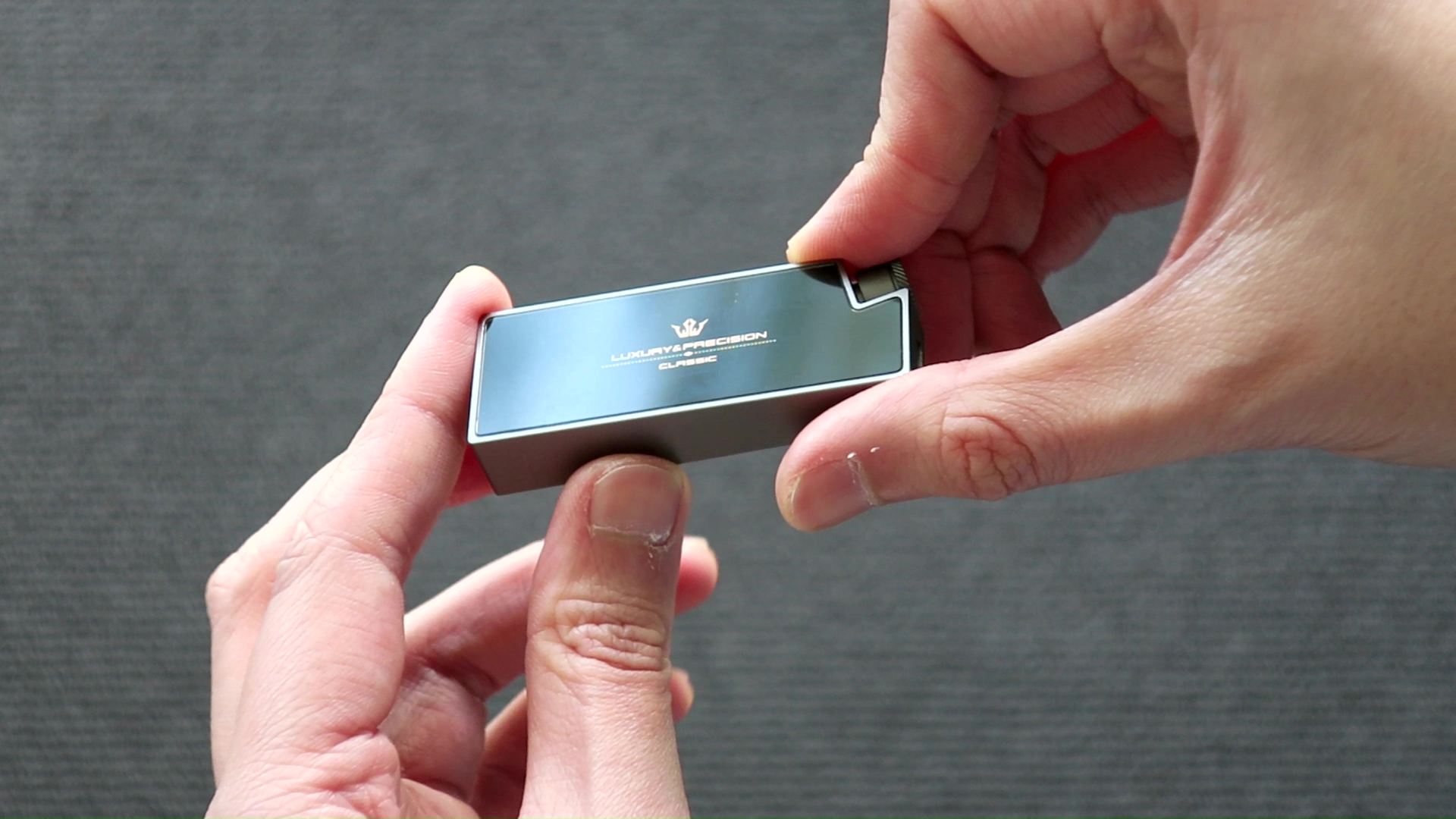

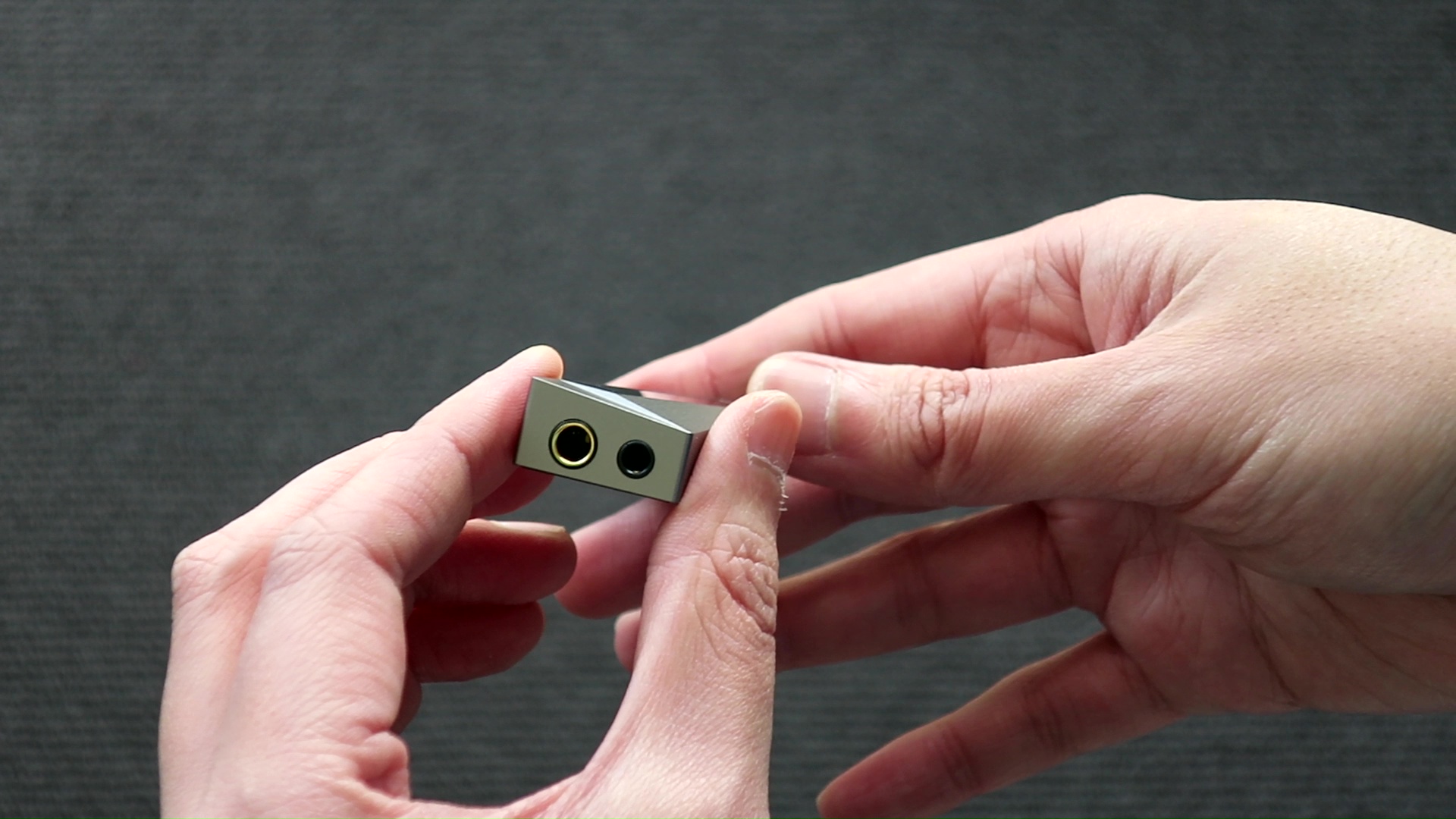
One thing that immediately caught my attention when unboxing W4 was its size - it was quite large compared to other dongles in my collection, even bigger than the FiiO KA3 with a similar output configuration. Another highlight was the overall design and construction. The W4’s appearance impressed me with its chisel cuts, clean corners, and angled screen at the front, giving it a more premium look.
The W4’s features are controlled through a volume knob, which also doubles as a button. I didn’t find much need to use this button, except to explore the different settings it offered when I first unboxed the device. The dongle provides options for low-pass filters, generic and IEM-specific EQ profiles, as well as two tuning types that produce distinct sound signatures and soundstage presentations. I opted for the setting that diffused the soundstage center more, as I like larger soundstage.
According to L&P, one of the key advantages of the W4 is its reduced power drain. I found this claim to be quite accurate, as the dongle only drained my old iPhone XR by 15% per hour while watching YouTube. However, the idle battery drain was disappointingly high, with 65% of the battery being depleted overnight when the dongle remained attached to the iPhone XR without any active apps running.
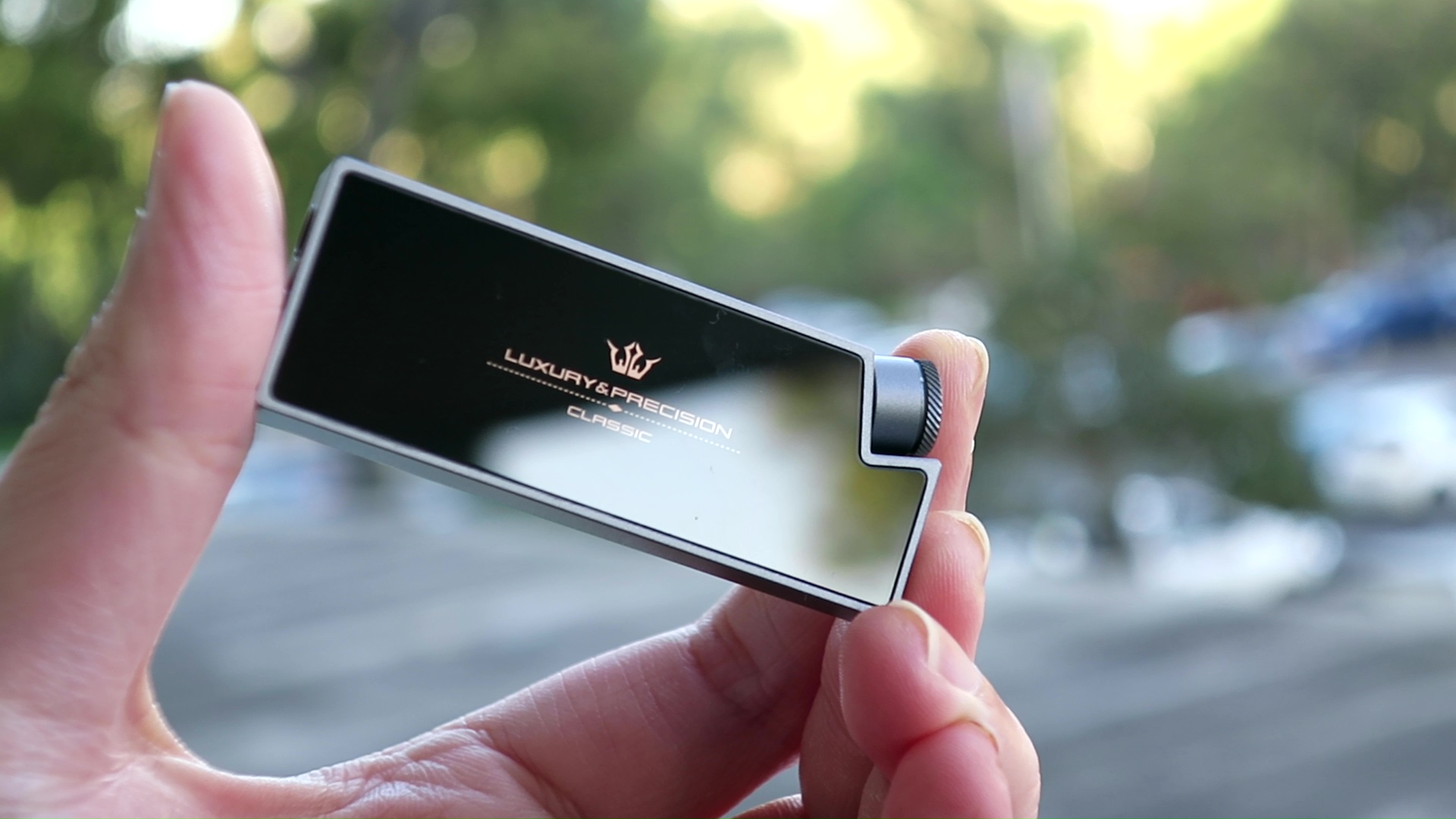
In terms of usability, the W4 inherits the ergonomic disadvantages typical of the dongle form factor. It tends to dangle from the lightning or USB-C port of your device, leading to a tangled mess of cables and occasional disconnection if things are not securely in place. The presence of a volume knob further complicates matters, as it can be challenging to adjust blindly when the dongle is in your pocket.
As for compatibility, I had no major issues using the W4 with various devices, including old Android phones, Windows laptops, MacBooks, iPads, and iPhones. However, there was a slight hiccup with the iPhone’s stock cable, which worked flawlessly with the lightning cable from FiiO. Nevertheless, I must mention that the next reviewer in the tour reported that the W4 stopped working with their iPhone, so this is something potential buyers should be aware of. In general, iPhones can be a bit unpredictable with USB dongles, and it’s not entirely L&P’s fault if compatibility issues arise.
Sound Performance
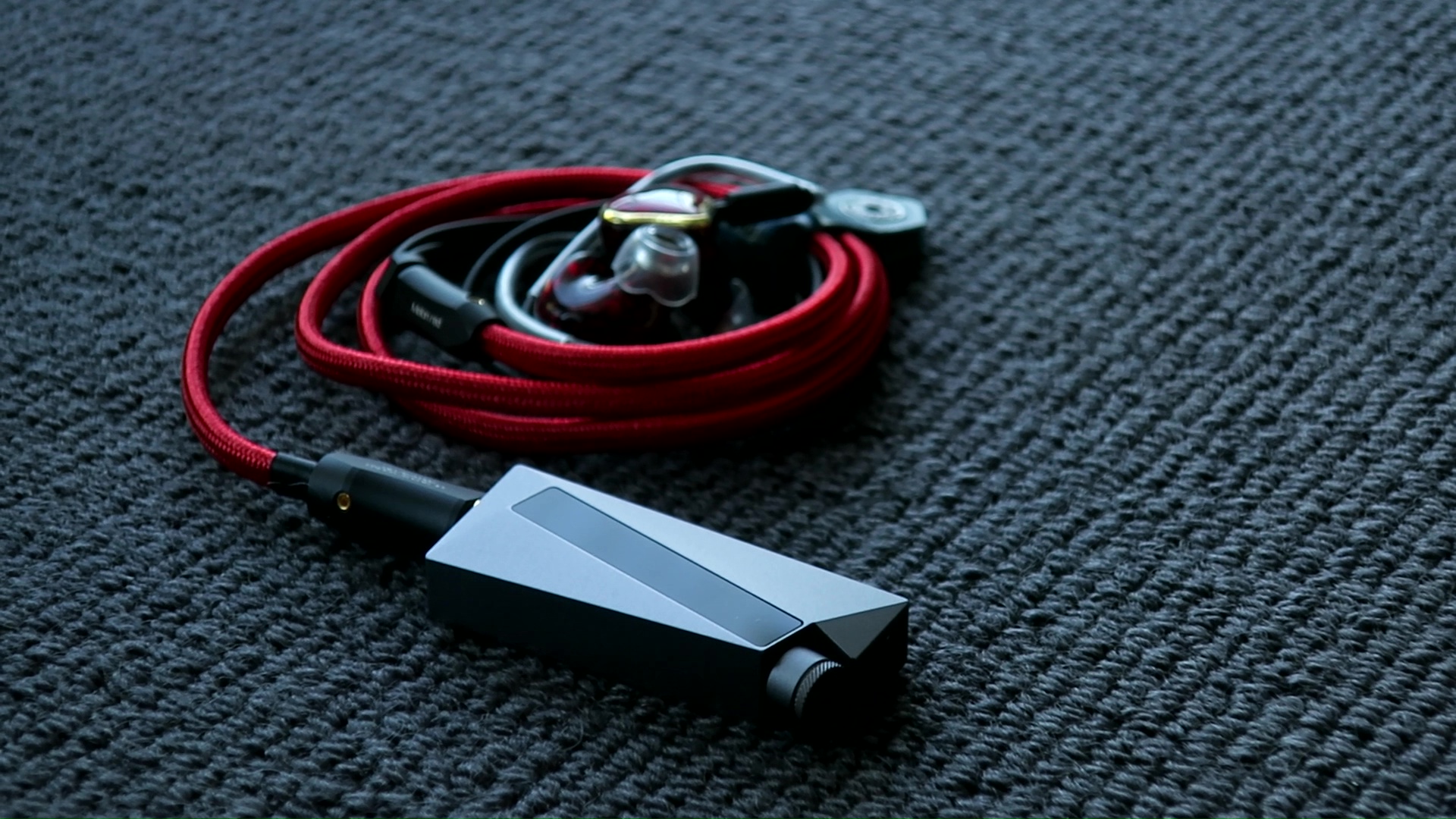
Perceived Tonality The tonality of the W4 leaves a positive impression on me, and it bears some resemblance to the Apple dongle in a favorable way. When listening to the W4 on its own, I find its overall tonality to be “natural” without any particular elements standing out prominently. It doesn’t add noticeable warmth or thickness to the vocals and instruments, aiming for a more faithful representation of the music.
However, when I directly compare the W4 to certain dongles with bright and dry tonal characteristics, most of which happen to use ESS DAC chips, I do notice a slight deviation. The W4 exhibits a somewhat warmer tonality with some extra energy in the lower-mid and midbass regions. On the higher end of the frequency spectrum, the upper midrange doesn’t come across as overly bright, and the treble lacks any harshness or glare.
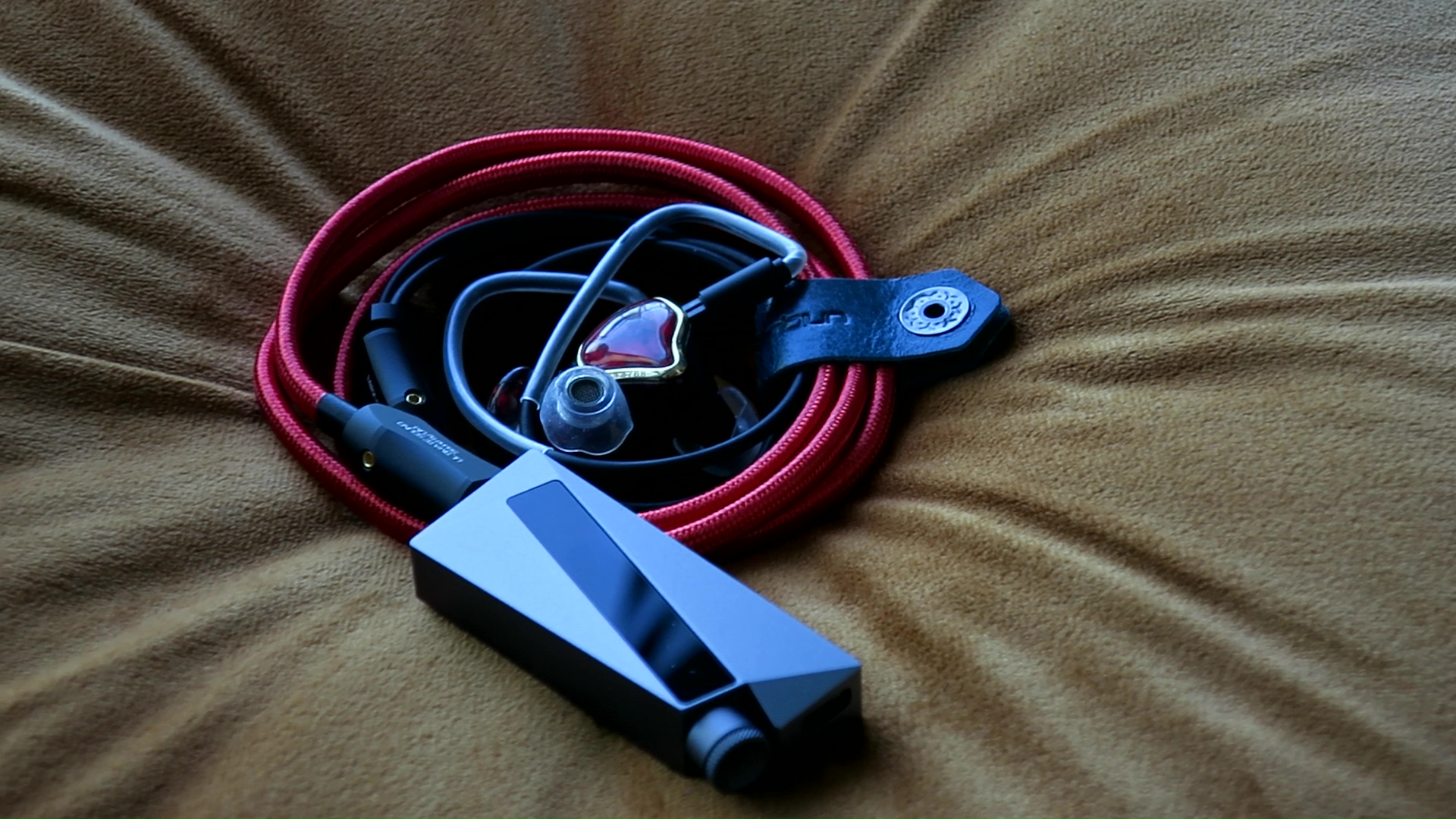
Perceived Technical Performance As I primarily use IEM, I prefer to maximize the limited soundstage and dynamic of these device to mimic a “larger” listening experience. Most USB-powered dongles tend to be limited in terms of soundstage expansion and dynamics in comparison to external-powered devices and desktop setups. Therefore, I have moved away from the “dongle life.”
However, the W4 defies the usual trend for dongles in a pleasant surprise. I was delighted to find that the W4 manages to maintain the soundstage size of most of my IEMs quite well, even when compared to my desktop DAC/amp setup like the FiiO K7 or the Shanling M6 Ultra music player, both of which I consider decent in terms of soundstage performance.
The dynamic performance of the W4 also impressed me. With few exceptions for the most demanding IEMs and earbuds, the W4 reproduces rapid volume swings (referred to as “slam”) at the start of bass notes almost as effectively as my larger setups. Furthermore, it demonstrates better control and detail in the lower frequencies, resulting in improved texture and pitch accuracy for instruments like the bass guitar.
Comparisons and Rating
Gears for A/B tests:
- iBasso DX300
- Shanling M6 Ultra
- Topping G5
- FiiO KA3
- Hidizs XO
- 64 Audio U12T
- Andromeda 2020
- Final Audio E5000
- DIY 300ohm earbuds
Playlist for A/B tests: IEGems Playlist
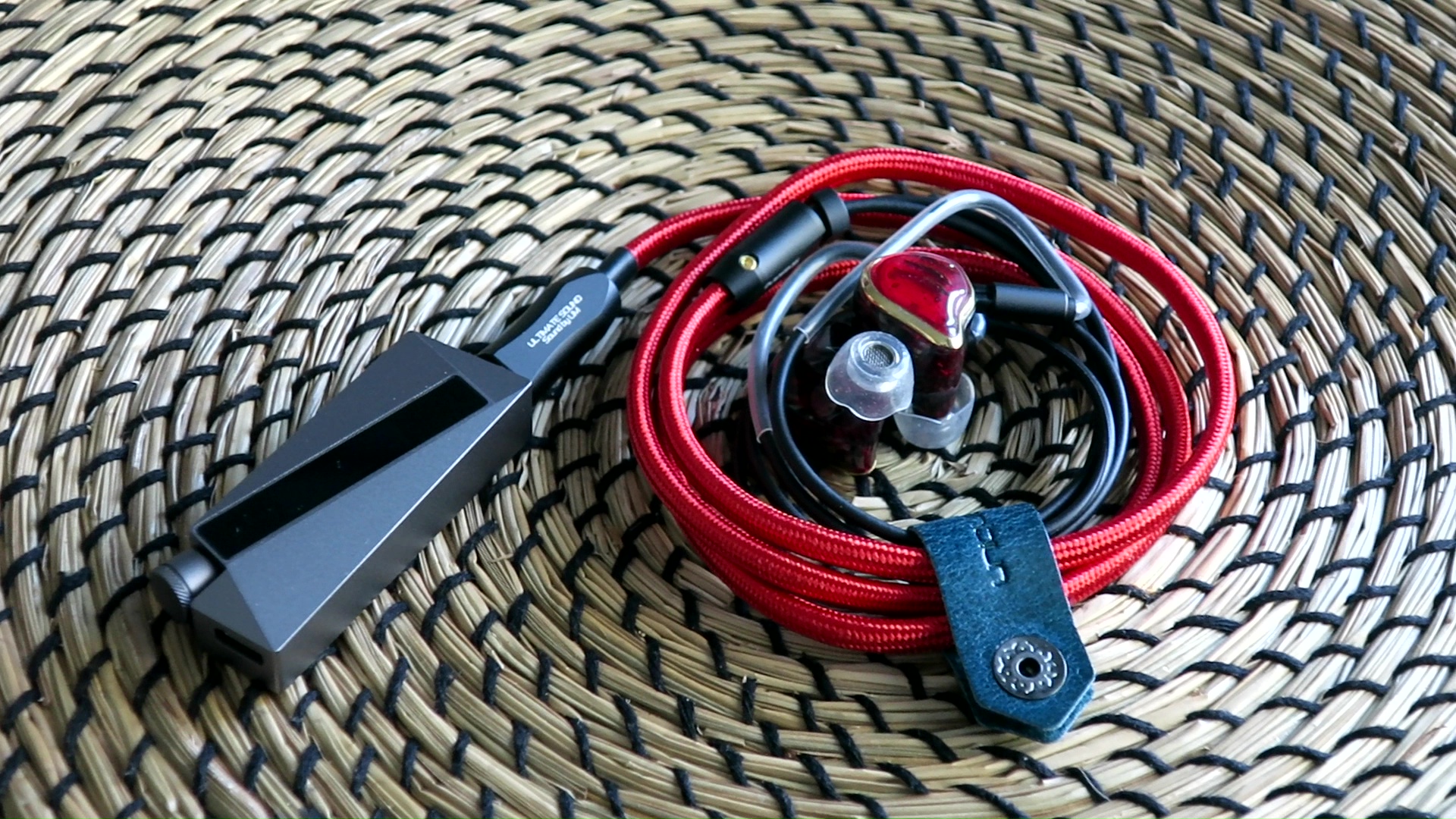
Easy IEMs: Testing the W4 with easy-to-drive IEMs like the 64 Audio U12T is always my first step when evaluating any new audio source that comes my way for review. The U12T falls within the amplification sweet spot of the Apple dongle, which typically handles these IEMs well, and improvements from other sources are usually subtle. For this comparison, I selected the FiiO KA3 as my “baseline” dongle.
With the KA3, I noticed that when listening to “Livin’ On a Prayer” by Bon Jovi, the voices and instruments felt aggressive and pushed toward the listener, creating a sensation of a bump around 1.25kHz. Consequently, the soundstage felt flat and upfront, and the cymbals and hats exhibited a metallic and piercing quality. The bass guitar lacked presence and texture, making it challenging to follow.
Upon switching to the W4, I immediately observed a difference. The voices and instruments no longer felt in-your-face, and as a result, the soundstage gained proper depth and layering. The cymbals and hats still had a metallic quality, but it was less piercing and uncomfortable. Though the bass guitar still lacked some presence, I could now perceive the low-pitched rumble and texture.
Further upgrading to the DX300, I noticed yet another improvement in soundstage projection. The stage felt expanded, encompassing the head like a dome from the opening notes. The cymbals and hats lost their metallic timbre and gained more nuances and details. Interestingly, I found it easier to follow the notes of the bass guitar with the DX300.
At this point, the comparison seemed to favor the W4, positioning it between a good dongle and a full-sized, high-end music player in terms of performance. However, to make the assessment more comprehensive, I introduced another well-performing dongle, the Hidizs XO, for further comparison. Surprisingly, I discovered that the stage shape of the XO was very similar to the W4, and in fact, the XO seemed to provide even more space between instruments. However, the midrange on the XO sounded brighter, and this difference may be the root cause of the variation in their presentations.
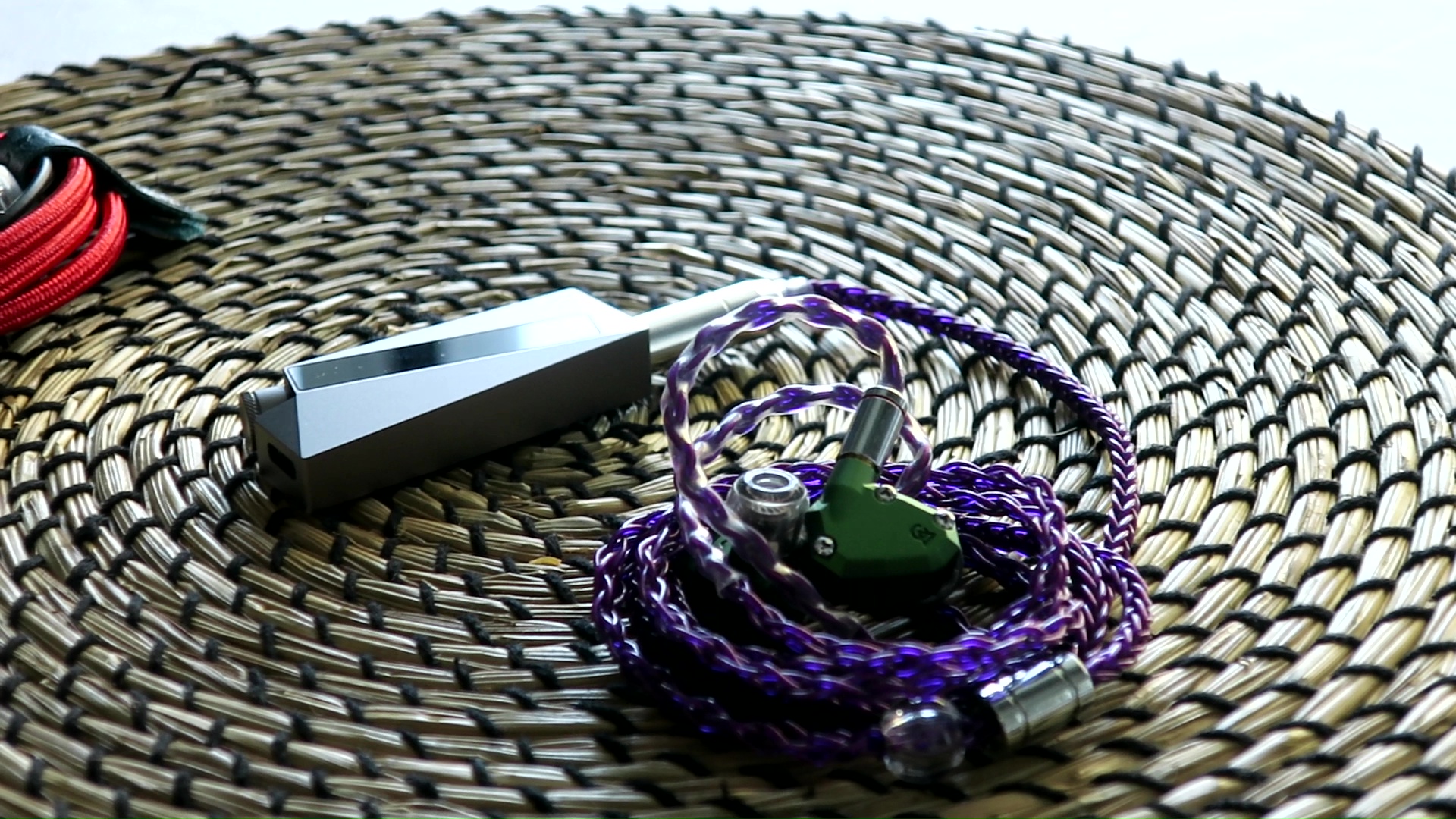
Low-impedance, high-sensitivity IEMs: Moving on to the next test, I evaluate the W4’s performance with the Campfire Audio Andromeda 2020, known for its hypersensitivity and finicky nature. To begin, I use the FiiO KA3 with the Andromeda 2020 through its balanced output. Listening to “Let the Battles Begin!” by Square Enix Music and Nobuo Uematsu, I notice a faint hissing noise in the background, which affects the overall experience. The KA3’s presentation pushes the soundstage forward, diminishing the sense of depth and the 3D illusion. The midrange also feels somewhat muddy and foggy, failing to showcase the Andromeda’s true capabilities. As a result, this pairing makes the Andromeda sound rather ordinary, lacking that special quality I expect.
Switching to the W4, I’m pleased to find a dead quiet background. This, coupled with the tuning, allows the Andromeda to shine with a notably stronger sense of depth, accurately placing instruments at varying distances from the listener. Additionally, the midrange becomes cleaner and more defined, and there’s a slight boost in dynamic swing, leading to a better overall pairing between the two.
Transitioning to the DX300, one of the first things I notice is the loss of the previously dark background. When the music stops, there’s a slight hiss before the amp turns off. In terms of dynamic performance, it remains mostly consistent with what I experienced with the W4. However, the soundstage feels wider compared to the W4, with sounds appearing to be pushed further away from the ears, creating a more encompassing dome-like effect around the head.
To further complicate the comparison, I introduce the Hidizs XO into the mix. Similar to the W4, the XO maintains a dark and clean background. The expansion of the soundstage is also quite similar to the W4. However, I find that the XO’s midrange feels thinner, and the overall dynamic performance is not as strong as what I observed with the W4.

Low-impedance, low-sensitivity IEM: In this test, I evaluate the W4’s performance with the Final Audio E5000, which is a challenging IEM to drive due to its low impedance, low sensitivity, and significant bass boost. Starting with the FiiO KA3, I listen to “G.O.A.T.” by Polyphia and notice that the bass presence is there, but it feels fuzzy around the attacking edge. This fuzziness extends to the midrange, where I detect an odd artifact, almost like a “mist” or “fog,” adding a peculiar “echo” to the lower midrange. Though faint, once noticed, it becomes hard to ignore and may be related to some form of distortion. On the positive side, the furthest background layer of the soundstage remains properly expanded, creating a sense of space and distance.
Upon switching to the W4, I immediately observe that the odd artifact heard with the KA3 is gone. The midrange cleans up nicely, and most of the fuzziness disappears. The attack edge of slams from 0:40 onwards also becomes cleaner, although it still lacks ultimate sharpness.
Switching to the DX300 represents a significant leap in performance. The E5000 now finally slams with a rock-solid and sharp attacking edge. The midrange sounds crisp and clean, and there’s a noticeably stronger sense of depth. While it doesn’t feel too loud, instruments seem to project forward with more space between them. This level of performance is on par with what I experience when using the E5000 with my desktop setup.
To further compare with the W4, I introduce the Hidizs XO into the mix. Interestingly, the XO falls noticeably behind the W4. It fails to produce a noticeable slam, and all the instruments feel more closed in. The midrange is not particularly clean, though it doesn’t suffer from fuzziness like the KA3. Thankfully, there is no odd artifact similar to what I experienced with the KA3. This comparison serves to highlight the prowess of the amp stage of the W4.
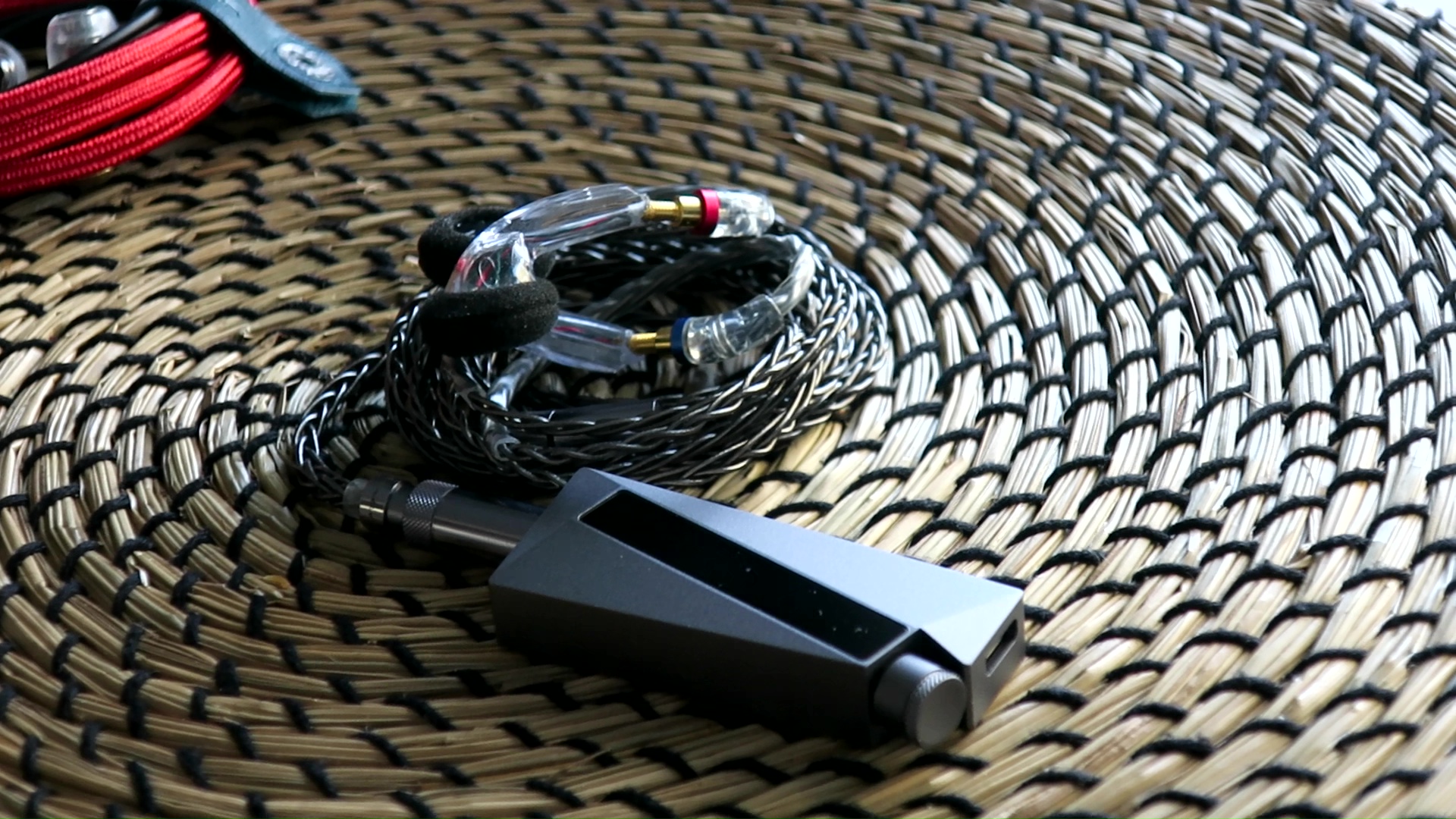
High-impedance transducers: For the final test, I evaluate the W4’s performance with my DIY earbuds featuring a 300-ohm LCP driver. Using the FiiO KA3, I listen to “Hotel California” (Live On MTV, 1994) and find that the soundstage appears flat, with midrange vocals and instruments pushed forward, almost converging into a wall of sound. The tonality seems unbalanced towards the upper frequencies, resulting in slightly thinner and harsher vocals.
Upon switching to the W4, I notice a more balanced and “rounder” tonality, which enhances the richness and enjoyability of voices and instruments. The improved balance also brings out stronger dynamic swings during the attack of bass notes. Additionally, I find that the soundstage feels rounder with a proper sense of depth. However, it doesn’t feel fully expanded, as the focus remains centered on the stage.
Transitioning to the DX300, I can discern slightly more nuances and details, particularly in the opening guitar and hand drums. The soundstage sees significant improvement, with a larger and more expansive presentation that extends further into the environment around me. The instruments on the stage also appear larger, contributing to an overall sense of grandeur that surpasses that of regular IEMs. Furthermore, the DX300 excels in creating a stronger sense of layering compared to any of the dongles tested.
Finally, I compare the W4 with the Hidizs XO. The stage of the XO feels larger but flatter compared to the W4. The tonality of the XO is noticeably colder, and the opening bass lacks the punchiness found in the W4. Overall, the sense of dynamic with the XO is somewhat weak in comparison.
Conclusion
With W4, L&P promises you a DAP-like performance and charges you a DAP-like price tag. I found that W4 mostly delivers on the promise, especially if you stick to easy to drive IEMs. It offers a neutral and natural tonality, making it more versatile in pairing with IEMs. The soundstage expansion and dynamic wouldn’t make you miss a proper DAP or portable amp too much.
Of course, the elephant in the room in the price, which can match entry-level Android-based DAP. With W4, L&P helps you to make the decision by taking the sonic difference out of the picture. The question is what type of devil that you are willing to accept: bringing and managing an additional device or draining your phone’s battery for music. There is no right or wrong choice, just preference.
Pros:
- Neutral and versatile tonality
- Great soundstage expansion and dynamic for a dongle
- Great design and build quality
Cons:
- Idle battery drain
- Potential compatibility issue with iOS
- Price
